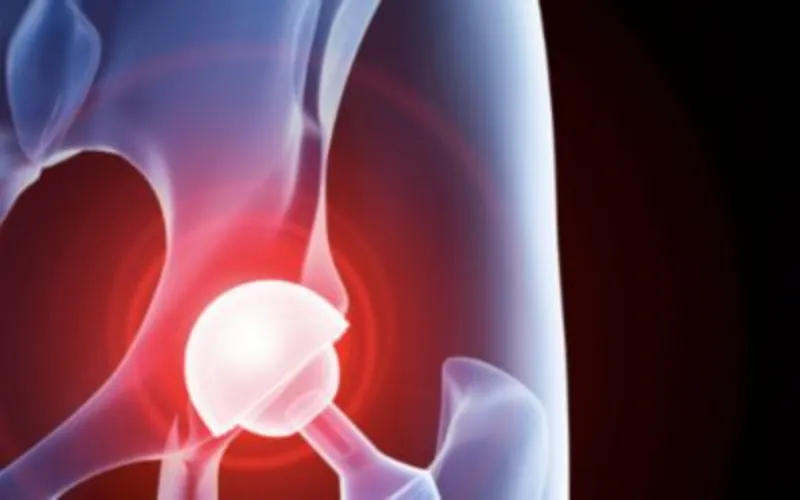We’ve seen several patients in clinic recently who were either waiting to have a hip replacement or who have recently had surgery and have come in for rehabilitation post operation. A relative of mine has also recently been told that he needs a hip replacement which has prompted me to share with you some information on what you can expect before, during and after hip replacement surgery and what what you can do to help speed up your recovery.
1. Do some strengthening exercises prior to your surgery
Even though your hip may be painful at the minute there will be some positions we can get you exercising in which won’t aggravate your hip but can start to strengthen your muscles. Following your hip surgery your muscles will get weaker however if we have built up some strength prior to the operation this won’t affect you as much.

2. Try exercising in water
Exercising in a pool can be a useful way to strengthen your hip muscles as the support from the water reduces the load through your hip allowing you to move with less pain. This doesn’t have to involve swimming, walking through the water holding a float out in front of you can make it harder allowing you to strengthen your hip muscles.
3. Progress your exercises as your hip heals
You will often be shown some exercises to do whilst you are in hospital and for the first week or two after your surgery. The aim of these exercises is to help get you walking with crutches and to help stimulate blood flow. A problem we often see is that patients then don’t progress these exercises and can be left with significant hip muscle weakness that prevents them from recovering fully.
4. Gradually increase your walking distance
Muscle wasting and weakness happens very quickly whilst lying in bed after surgery, which will make your rehabilitation harder, so the sooner you get started the better. Getting moving sooner also reduces your risk of experiencing a clot which can lead to a stroke or embolism in your lungs or heart.
5. Relearn how to walk
Many people we see after hip surgery may have lived with a painful hip for several years. This often means they have learnt to walk with a limp and even though the surgery has taken away the pain we still find most people still walk with the same learnt pattern even though they have no pain. After your surgery as well as strengthening the muscles it’s important to learn how to walk without a limp. Seeing a therapist who can help retrain your walking pattern means you get the most out of your hip surgery.
Below are some links to further handouts that you can click on and download for free:
Preparing for hip replacement surgery
The hip replacement procedure before and after
Rehabilitation after hip surgery
Please feel free to share this post with any friends or family who you feel may benefit from it.
Kind regards
The Kendal Physio team
